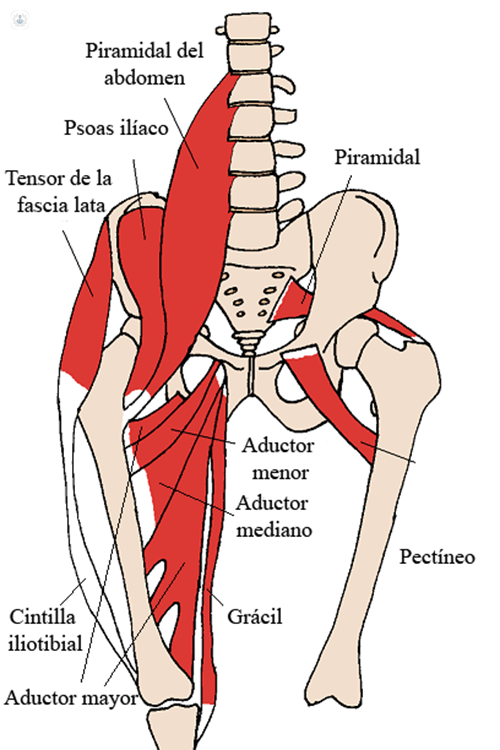Know the details of the intervention of hip
Written by:The hip prosthesis is applied in two types of cases, namely: elderly fracture patients or patients with arthritic disease or arthritis. The intervention by a skilled surgeon to minimize risk, enable the improved patient mobility and better quality of life.
When a hip replacement and types of prosthesis is necessary
There are two types of hip replacement, partial and total. Partial dentures, replacing only the femoral head are used generally after some type of hip fracture in older people.
Total hip replacement, however, are used after a deformity occurred in the hip joint by osteoarthritic disease, arthritic or dysplastic and produce the patient pain and impaired mobility or walking, altering so significant quality of life.
As this is an irreversible process, the indication should be performed by a skilled surgeon in traumatology and hip.

Intervention hip prosthesis: what it is
The procedure is performed in general with spinal anesthesia. Through a small incision to reach the hip joint, respecting the musculature and innervation, and carved resection of the deformed joint it is made. Subsequently replaced by the implant design and material appropriate to the age, frame size of the patient and surgeon preference.
Potential risks of hip intervention
The risks of this intervention, like any other, must be provided and communicated to the patient prior to surgery, verbally and through informed consent.
One of the most feared risk is infection, so that in any case, the implant need to be replaced. Therefore they are used very aggressive techniques, sterile environment, adequate disinfection of the surgical site, regulated antibiotics and a trained surgical team, so the procedure is performed within a reasonable time.
Recovery and monitoring of the patient undergoing hip replacement
Currently it seeks to reduce the maximum hospitalization and recovery (Fast-track process). By controlling bleeding and early mobilization, generally in 4 to 5 days, usually discharge the patient, walking with the aid of two crutches.
Monitoring is done by successive visits to assess wound healing, adaptation of gait and thromboprophylaxis with subcutaneous heparin and early mobilization.
Possibility of doing the same activity after surgery for hip replacement
The hip gives patients better quality of life, less pain and more mobility than in the previous situation, with joint disease. They have the logical limitations of an implant that could be spent early, if used improperly.


